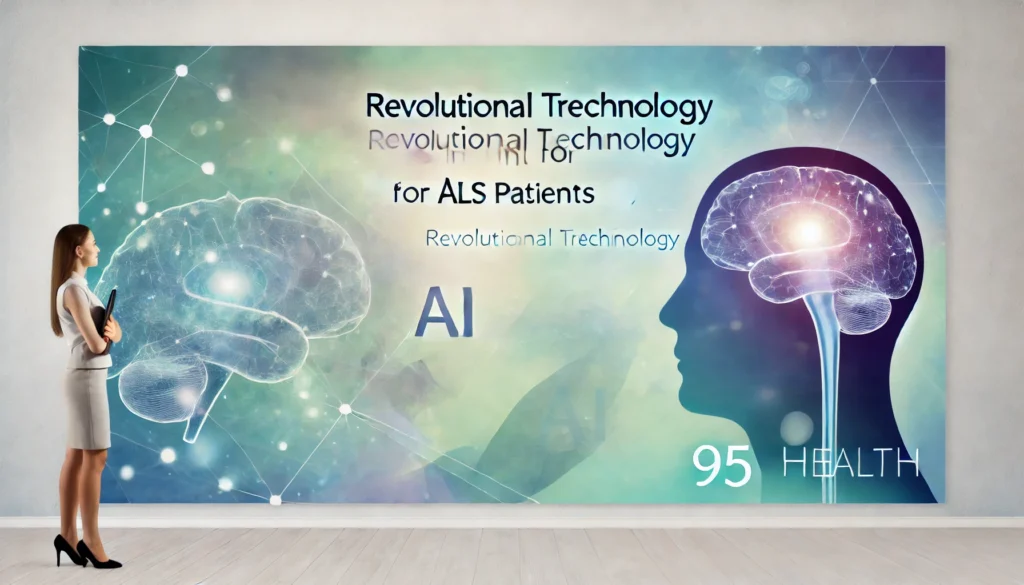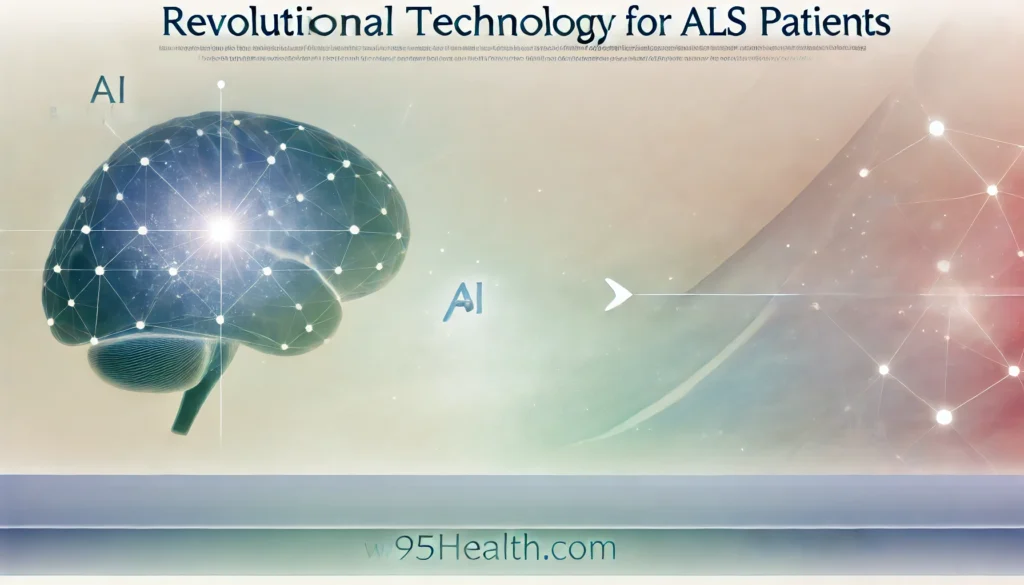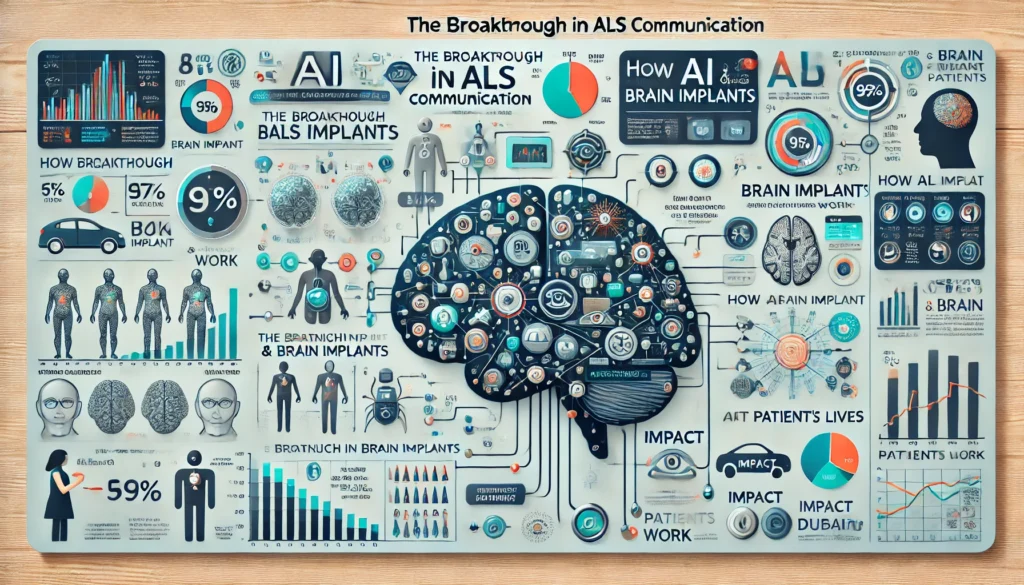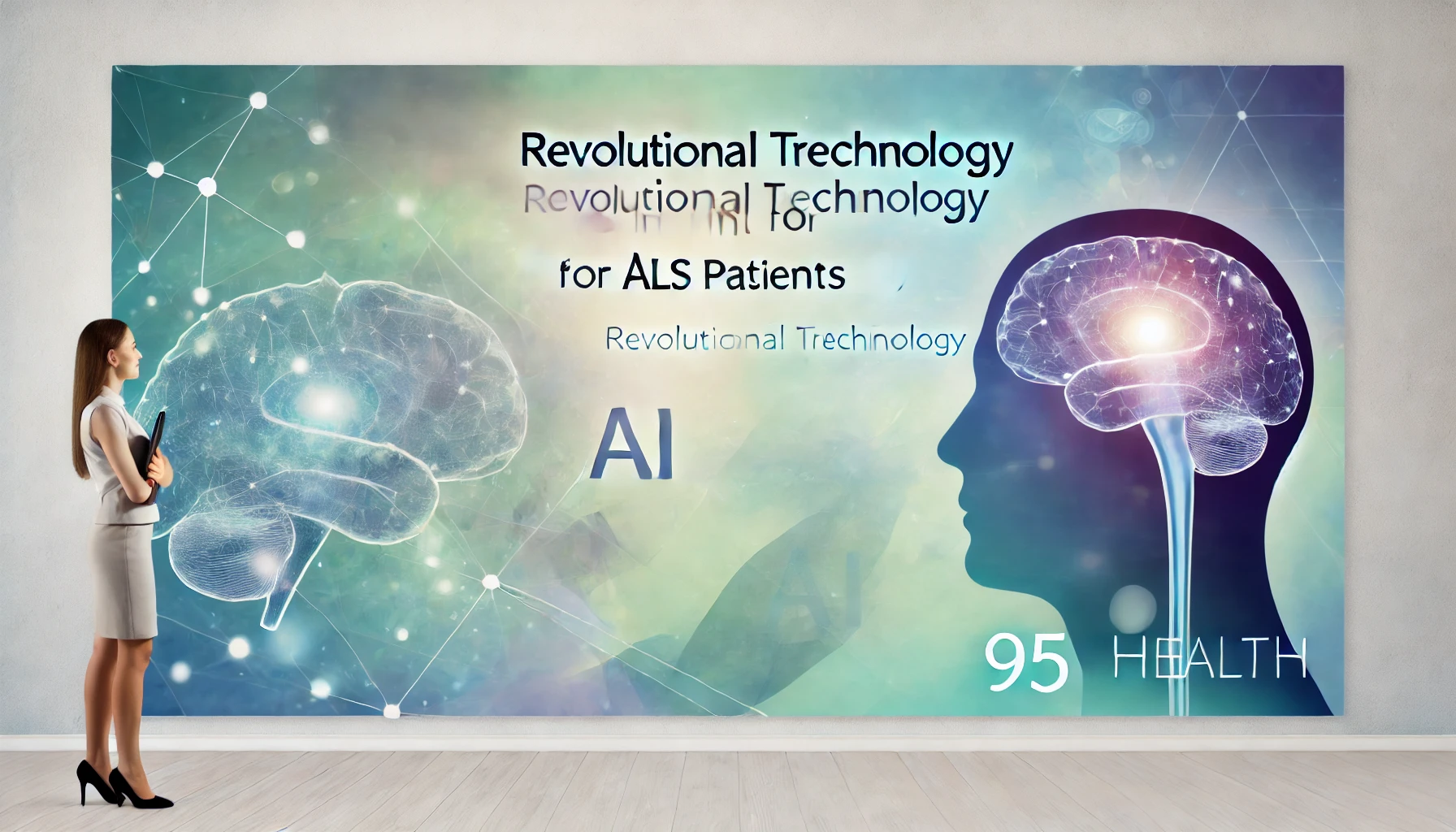Revolutionary AI and Brain Implant Technology Enables ALS Patient to Communicate After Years of Silence
For the first time ever in neuroscience and medical technology, scientists have given a patient with ALS the ability to speak to his family after being unable to do so for years. This was achieved through the integration of artificial intelligence (AI) together with a brain implant.
Motor neuron disease, particularly the amyotrophic Another terrible consequence of the disease is that the muscles that help a person to speak are involved, and the patient cannot communicate with others.
Adoption of BCI Technology Over Time
Benefits of AI and Brain Implants for ALS Patients
Future Potential Applications of AI and Brain Implants
The Science Behind the Breakthrough
This advance relies on a brain-computer interface (BCI), a piece of hardware placed within the patient’s head. The BCI identifies neural patterns linked to speech and thoughts and encodes them into electrical signals that can be processed by AI. These signals are then translated into a form of speech or text which then allows the patient to interact with others without the use of voice box or hand operated switches.
The current case involved a patient who had lost speech for many years because of ALS disease. With the help of the implanted BCI the AI system was able to interpret the signals in the brain at a higher rate than ever. This allowed the patient to make full and complex statements and the ability to speak in full and real time sentences greatly improved the patient’s quality of living and mood.
Read more: How Our Brain Stores Multiple Copies of Memories



How AI Enhances Communication
AI is very useful in this technology since it learns the neural patterns of the patient in question. The particular words and phrases the patient wants to say are mapped onto the patient’s specific brain signals using machine learning algorithms. As the time passes, the system builds a better understanding of the patient’s intended speech and makes fewer mistakes.
Moreover, the fact that AI can learn from the patient’s neural activity and modify itself in response to changes is a major advantage, since changes in the patient’s neural activity are an almost inevitable part of the course of neurodegenerative diseases. This flexibility ensure that the communication system is still efficient even if there are changes with the patient’s condition.
This is a light at the end of the tunnel for the ALS patients, those with other Motor Neuron Diseases There is potential for new patients to access the possibility of using AI with BCIs to regain their capacities and break the silence that is imposed by such conditions.
Read more: The Largest Animal Genome Ever Sequenced – A Scientific Breakthrough
This technology has the potential to extend the use of medicine, redefine the way man interface with his machine and how he communicate with the rest of the world. However, the ethical issues required and the right way of their application must be considered to protect the patient’s privacy and safety.
The current application of AI and brain implants to help ALS patients to speak is a new breakthrough in the health and innovation fields. Since researchers are still in the process of enhancing and developing these systems, the chances of enhancing the lives of so many people are high. This innovation is a proof of human and innovation, and people’s volition and endeavors to make the lives of the healthiest ones better.
Read more: The Potential “Banana Apocalypse” and How Science Could Save Our Favorite Fruit
AI and Brain Implant Technology Quiz
1. Can brain implants help ALS patients restore their ability to communicate?
2. AI algorithms adapt to individual brain signal patterns over time.
3. What are some potential future applications of AI and brain implants? (Select all that apply)
4. How does AI enhance communication for ALS patients?
Quiz inspired by 95health.com





